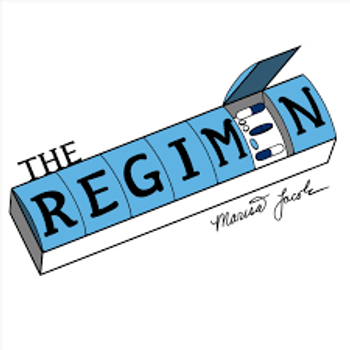
Report finds wide regional variation in Rx drug usage
drug spending
Report finds wide regional variation in Rx drug usage
What do California, Colorado, Massachusetts, and New York have in common when it comes to prescription drugs?
These states have the lowest per capita prescription drug use rates, according to a study conducted by Express Scripts and revealed at its annual Outcomes Conference, held recently in St. Louis. The drug utilization rate was 7.7 prescriptions per year for these four states.
The study uncovered interesting drug utilization data in other states as well:
Florida, New Jersey, and Minnesota showed per capita rates of 8.2, 8.0, and 8.1, respectively. Topping the list of states with high prescription drug utilization were Kentucky, Ohio, and West Virginia, where per capita prescription drug use exceeded 11 prescriptions per year. Louisiana was a close fourth at 11 prescriptions per member per year, followed by Texas at 10.5.
Higher rates of antidepressant use were reported in Maine, Oregon, Utah, and Washington.
Higher rates of cardiovascular medication use were seen in the South and in Kentucky, Louisiana, Mississippi, South Carolina, Tennessee, and West Virginia.
North Carolina, Ohio, Texas, Utah, and West Virginia had higher rates of antidiabetic medication use.
Lower rates of asthma medication use were found in the South, while lower rates of antihyperlipidemics use were noted in Alabama, California, Colorado, Idaho, Montana, and New Mexico.
Lower rates of estrogen use among women were reported in Northeastern states, such as New Jersey, New York, and Massachusetts.
Express Scripts also released its fifth annual Express Scripts Drug Trend Report, which is based on a sample of 8.8 million members. Among the key findings are the following:
Average Wholesale Price (AWP) prescription drug spending rose 16.2%, to $449.74 per member per year in 2000. The previous years total spend was $387.09.
The rate of increase in drug spending slowed slightly in 2000, in part because no new blockbuster drugs were introduced. In 1999, the drug spending increase was larger17.4%primarily because of the launch of Celebrex and Vioxx.
Excluding the impact of new, first-year drugs on the market, spending actually increased at a 15.9% rate in 2000 for all other "common" drugs, a category including for the first time Celebrex and Vioxx, then in their second year on the market. Drugs introduced since 1992 accounted for about 47 cents of every dollar spent on Rx drugs in 2000.
In 2000, the cost of an average prescription increased 12% accounting for 75% of overall trend.
Overall, utilization of drugs grew from an average 8.3 prescriptions per member per year in 1999 to 8.6 Rxs per member per year in 2000a 3.6% increase.
Showing the most significant utilization increases were widely used gastrointestinal, antidepressant, antirheumatic, and cardiovascular drugs.
The report also showed a 17.6% increase in the AWP cost per Rx for drugs prescribed for children under 10 years of age. Factors contributing to the cost increase from $28.25 to $33.23 were higher prices for existing products, use of more expensive products, stronger dosages, and more units per Rx.
Antibiotics played a major role in the prescription cost increase for young children.
Sandra Levy
Sandra Levy. Report finds wide regional variation in Rx drug usage.
Drug Topics
2001;13.
Newsletter
Pharmacy practice is always changing. Stay ahead of the curve with the Drug Topics newsletter and get the latest drug information, industry trends, and patient care tips.






































































































































